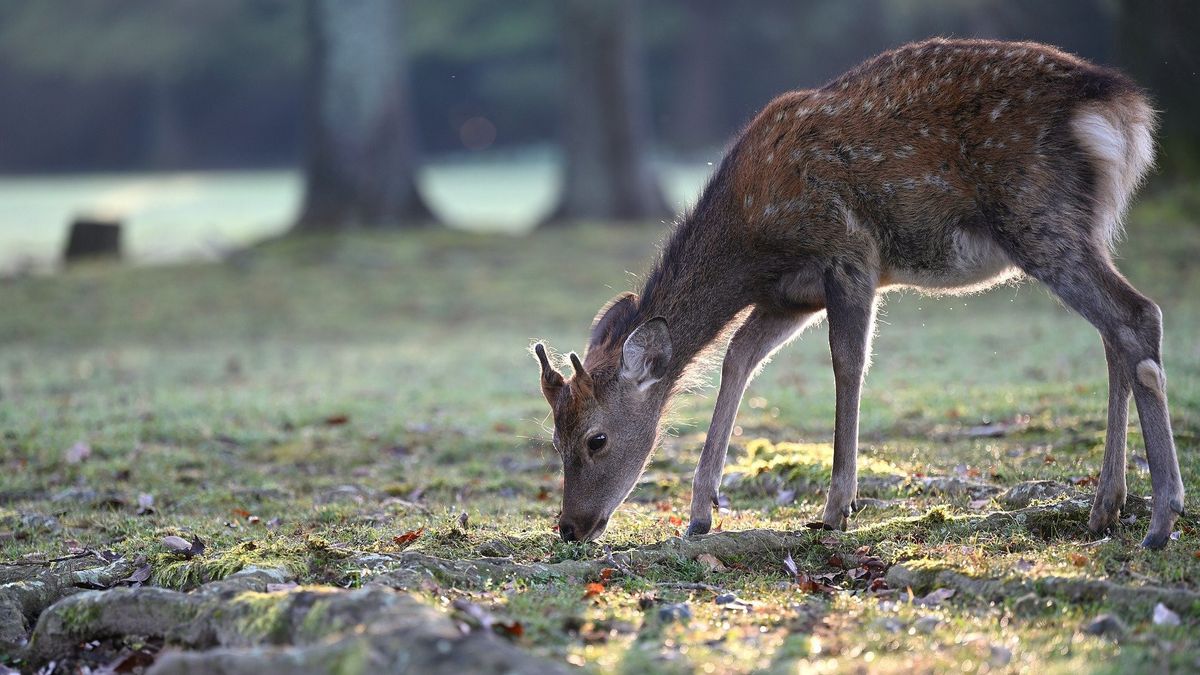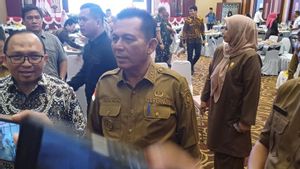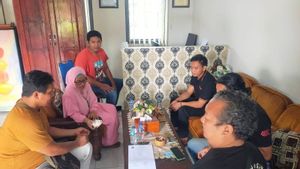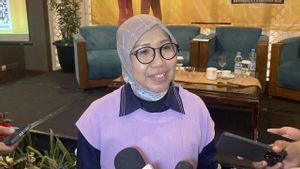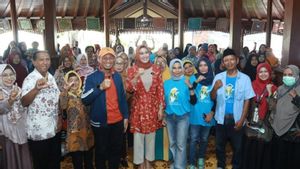JAKARTA - The National Park Agency for Rawa Aopa Watumohai (TNRAW) in South Konawe Regency, Southeast Sulawesi (Sulawesi), estimates that there are 200 deer (Cervus timorensus) remaining.
Head of the TNRAW Office, Ali Bahri, said that the reduced number of endemic animals was the result of illegal hunting by community members who were not monitored by officers.
"To anticipate poaching, we carry out routine patrols at priority animal 'monitoring sites', independent patrols of the animal's habitat, and socialization of wildlife protection," said Ali Bahri who was accompanied by the Head of Section II National Park Management (SPTN) Benny E Purnama to Antara. , Saturday.
To note, before migrating to other places in 2000-2002, he said, the population had reached 40 thousand heads.
The disappearance of deer in the Rawa Aopa Watumohai National Park, which covers an area of 105,000 hectares, is due to rampant poaching that intentionally enters and encroaches on the area for daily consumption and even selling in public markets, he said.
"Indeed, in the past several decades there were many deer (deer). Apart from deer, there are anoa and babirusa, but these two types of animals are already classified as rare or rarely found in this area," he said.
Specifically for anoa, said Benny, the data in 2019 amounted to between 15 to 20 individuals, divided into 4-5 highland anoa and 11-15 lowland anoa. Meanwhile, there is only one babirusa that is now bred behind the TNRAW Office. The two types of wild animals can only be seen through a "trap" camera.
The data, he continued, may increase in the last two years because all animals in the wild in this national park must breed.
In addition to anoa, he said, his party noted there were maleo birds, small yellow-crested cockatoos, water birds, aopa, and mangroves.
It is estimated that there are still 30-36 maleo birds, 10-15 small yellow-crested cockatoos, water birds, 24 species of Aopa, and 23 species of mangroves.
The English, Chinese, Japanese, Arabic, and French versions are automatically generated by the AI. So there may still be inaccuracies in translating, please always see Indonesian as our main language. (system supported by DigitalSiber.id)
